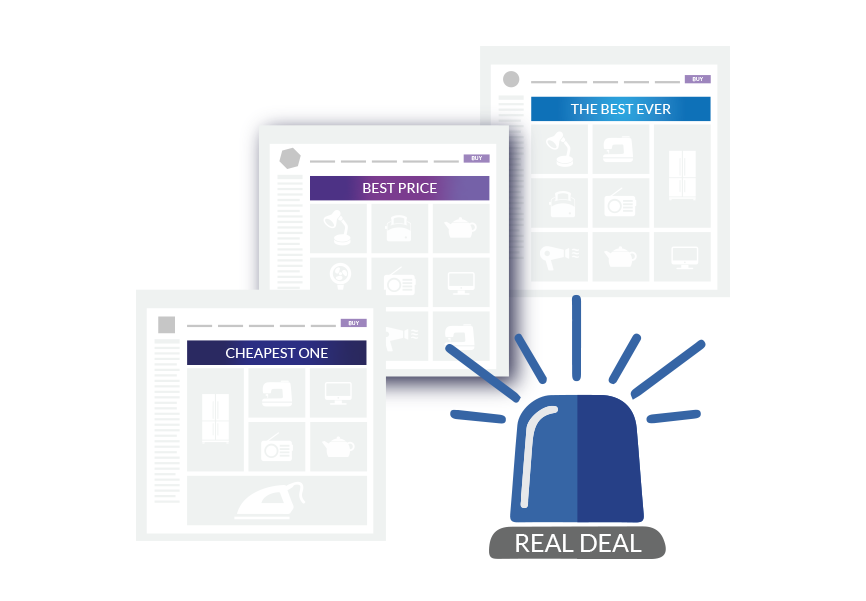Using price monitoring to find unauthorized resellers
- 07 April 2020

Maintaining the desired brand image, also in terms of the price segment, is a challenge for many brands. With the number of online sales channels growing, it is impossible to manually track everything that is happening on the market. One of the threats to the selected price positioning is the activity of unauthorized resellers. What are unauthorized sales channels, how to prevent them from appearing, and how price monitoring can help?
Unauthorized resellers are sales channels with whom the brand hasn’t officially established cooperation through a distribution contract. The goods they offer most often come from authorized or imported sellers. Such vendors very often do not comply with the formal requirements related to the sale of given products, for example, the customer service standards expected by the brand, warehouse or logistics conditions. Thanks to this, they can offer very low prices, which is a great threat to the margin and brand image.
Although European Union law allows such sales, they can be harmful to the producer and can cause price erosion. A significantly cheaper offer presented by one of the sellers often causes the others to follow, which can lead to a price war. Even a one-time price reduction on the market may cause that the value of the product in the eyes of the consumer will fall, and its rebuilding may be difficult or even impossible. Therefore, it is important to regularly monitor the market prices to detect such events and prevent them in time, of course within the applicable law.
Reliable monitoring helps detect the deviations from the brand’s suggested price. The first step should be monitoring e-commerce, as that’s where unauthorized sellers are the most likely to operate.
There are three main methods for finding unauthorized sales using price monitoring:
- Detection of the cheapest sellers – offers that significantly differ from the market average indicate that the goods were most likely not purchased directly from the producer,
- Detection of unprofitable prices in a given country – prices below profitability in a selected country show that products are very likely to come from unauthorized sales, e.g. from another country where prices are simply lower.
- Detection of models not sold in a given country – distribution of items not officially available in a given location also indicates the unauthorized sale of imported products.
The above methods particularly apply to sales on auction sites or marketplaces, because that’s where unauthorized sellers and imported products appear most often.
Dealavo platform – a comprehensive price monitoring tool
The Dealavo price monitoring platform offers many opportunities to detect unauthorized sales. First of all, it allows reliable price monitoring in most online stores, auction sites, and marketplaces. Thanks to its appropriate configuration, you can quickly detect, the cheapest vendors on Idealo, Amazon or eBay, among others, that are likely to be unauthorized sellers, as well as incredibly cheap products that are imported. You can also compare received data with GfK and Nielsen reports (if you have them) or internal data showing official sales.
If this topic interests you, subscribe to our newsletter – this week we will publish the second part of the post with tips on what to do once we know who the unauthorized sellers are.
If you would like to test our platform and learn more about the possibility of monitoring prices with its help, please contact us. We are happy to present to you its key functions and answer all your questions, and then talk about the solutions that will work best in your industry and organization.